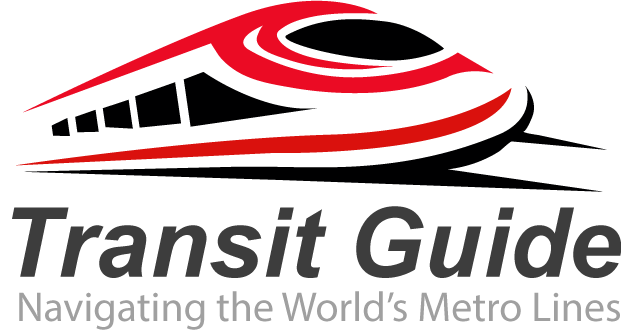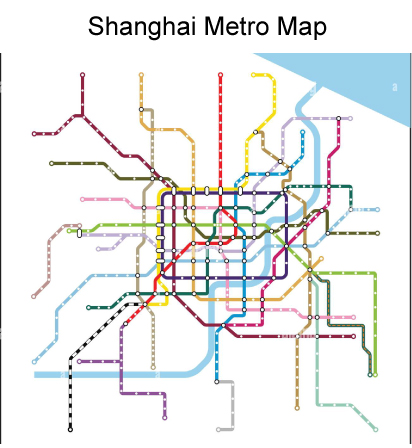The Shanghai Metro stands as one of the world’s most extensive and efficient urban transportation systems, serving over 11 million passengers daily across China’s bustling financial capital. Since opening its first line in 1993, this remarkable subway network has transformed how residents and visitors navigate the sprawling metropolis.
Shanghai Metro Network Overview
With 20 operational lines spanning over 800 kilometers, the Shanghai Metro system connects virtually every corner of the city. The network includes 508 stations, making it the longest metro system globally by total track length. Lines are color-coded and numbered, with clear signage in both Chinese and English, ensuring accessibility for international travelers.
The system operates from approximately 5:30 AM to 11:00 PM daily, with extended hours until midnight on weekends. Peak frequency reaches every 2-3 minutes during rush hours, demonstrating the system’s capacity to handle massive passenger volumes efficiently.
Key Shanghai Metro Lines
Line 1 (Red Line) runs north-south through the city center, connecting Shanghai Railway Station to Xinzhuang, passing through major attractions like People’s Square and Xujiahui.
Line 2 (Green Line) is particularly valuable for tourists, linking Pudong International Airport directly to the city center and continuing west to Hongqiao Airport and Railway Station.
Line 4 (Purple Line) forms a circular route connecting major commercial districts, while Line 10 provides crucial east-west connectivity across the city.
Shanghai Metro Ticketing and Payment
The Shanghai Metro offers multiple payment options for convenience. The Shanghai Public Transportation Card provides discounted fares and works across all metro lines, buses, and some taxis. Single-journey tickets are available from automated machines at every station, supporting multiple languages.
Modern payment methods include mobile apps like Metro Daduhui and Alipay, allowing contactless entry through QR codes. International visitors can use the Shanghai Metro app or purchase physical cards at customer service centers.
Fares range from 3 to 9 yuan (approximately $0.45-$1.35 USD) depending on distance traveled, making it one of the world’s most affordable metro systems relative to the service quality provided.
Navigation and Accessibility
Station announcements are made in Mandarin, Shanghainese, and English, while digital displays show real-time arrival information. The system features comprehensive accessibility features including elevators, tactile paving for visually impaired passengers, and wheelchair-accessible carriages.
Free Wi-Fi is available in most stations and trains, and stations feature charging ports, convenience stores, and connections to major shopping centers and business districts.
Shanghai Metro Expansion
The Shanghai Metro continues expanding rapidly, with new lines and extensions opening regularly. By 2025, the network is planned to exceed 1,000 kilometers, further cementing its position as the world’s largest metro system.
This continuous development reflects Shanghai’s commitment to sustainable urban transportation and reducing traffic congestion in one of China’s most densely populated cities.
The Shanghai Metro system represents modern urban planning at its finest, combining efficiency, accessibility, and comprehensive coverage to serve millions of daily commuters and visitors exploring this dynamic global city.

